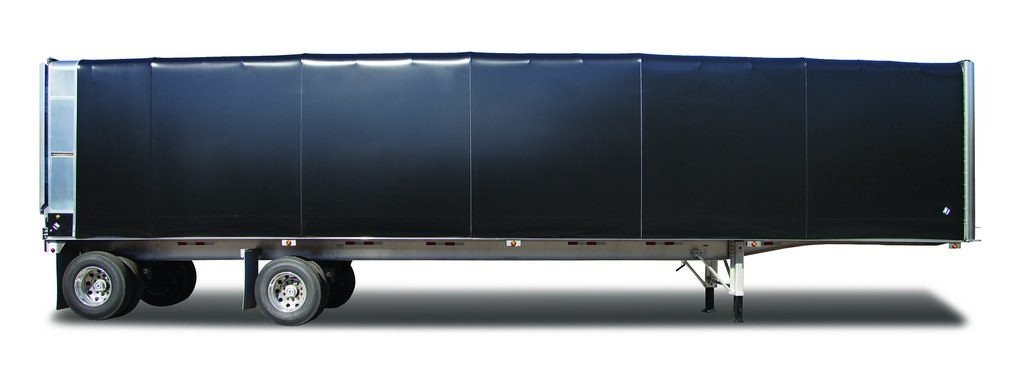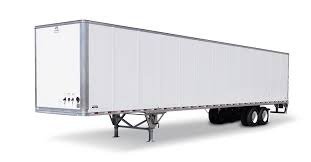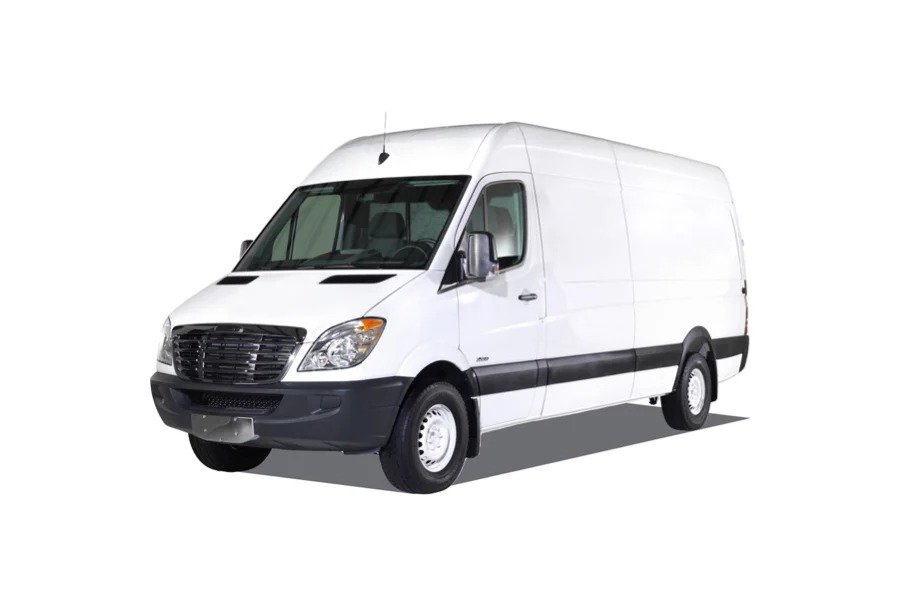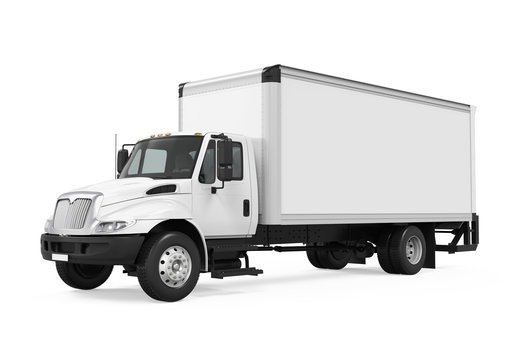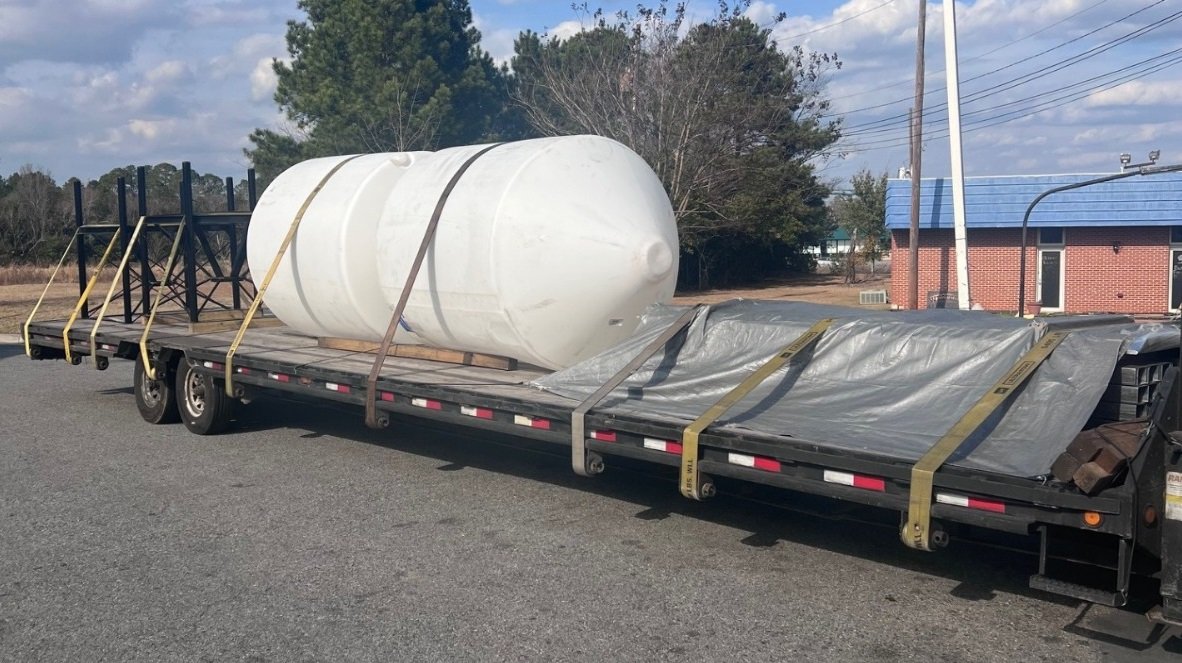A. Flatbed
- Lengths: Commonly 48′ or 53′
- Deck Height: ~5′ (60″) from ground
- Weight Capacity: Up to ~48,000 lbs (varies by trailer/tractor configuration)
- Uses: General freight that does not require enclosure (e.g., lumber, machinery, construction materials)
B. Step Deck
- Lengths: Often 48′ or 53′ (two deck levels: upper and lower)
- Deck Heights: Lower deck typically 36″–42″
- Deck Lengths: Upper: 10-11' Lower: 37-43'
- Weight Capacity: Up to ~45,000 lbs (varies by configuration)
- Uses: Taller or oversized freight exceeding flatbed height limits
C. Conestoga
- Lengths: Often 48′ or 53′
- Tarp System: Retractable "curtain" for weather protection and forklift side-access
- Deck Height & Capacity: Similar to a standard flatbed (up to ~45,000+ lbs)
- Uses: Freight needing flatbed loading flexibility plus enclosure from elements
A. RGN, Lowboy, Double-Drop
- Types: Removable Gooseneck (RGN) or Lowboy
- Deck Height: Can be as low as 18″ from ground (ideal for extra-tall freight)
- Weight Capacity: Typically up to 80,000 lbs or more with proper permits/axle configurations
- Uses: Heavy machinery, large construction equipment, or extremely oversized loads
A. Dry Van
- Lengths: Standard 53′ (some 48′ in certain regions)
- Interior Height: ~110″–114″ (varies by make/model)
- Weight Capacity: Typically up to ~44,000 lbs
- Uses: Enclosed shipping of palletized goods, consumer products, and general freight. 24-26 Pallets.
B. Reefer
- Lengths: Commonly 53′
- Temperature Range: Can maintain -20 °F up to ~70 °F
- Weight Capacity: Up to ~43,000 lbs (slightly less than dry van due to reefer unit weight)
- Uses: Temperature-sensitive goods (fresh produce, frozen foods, pharmaceuticals). 24 Pallets.
A. Hotshot
- Equipment: Typically a medium-duty pickup with a 30′–40′ gooseneck trailer
- Weight Capacity: ~15,000 lbs to 20,000 lbs, depending on truck/trailer setup
- Uses: Smaller or time-sensitive loads requiring quick transit; ideal for LTL (less-than-truckload)
B. Sprinter Van
- Cargo Area: Usually ~8′–14′ in length, ~3,000–4,000 lbs capacity
- Uses: Expedited deliveries, smaller, high-priority shipments needing door-to-door service
A. Power Only
- Description: Carrier provides only the tractor; customer supplies trailer
- Uses: Ideal when you own or lease a trailer but need a reliable truck/driver to move it
B. Box Truck
- Lengths: Typically range ~10′–26′
- Weight Capacity: ~7,000–10,000 lbs, depending on truck class
- Uses: Local or short-haul deliveries, light freight, easier maneuverability in urban settings. Lift gates are available for residential deliveries.
C. Partials
- Equipment: Hotshots, Flatbed, Vans, Box Trucks are all viable.
- Uses: Great option when your freight takes up 50% or less of the truck/trailer's space.


